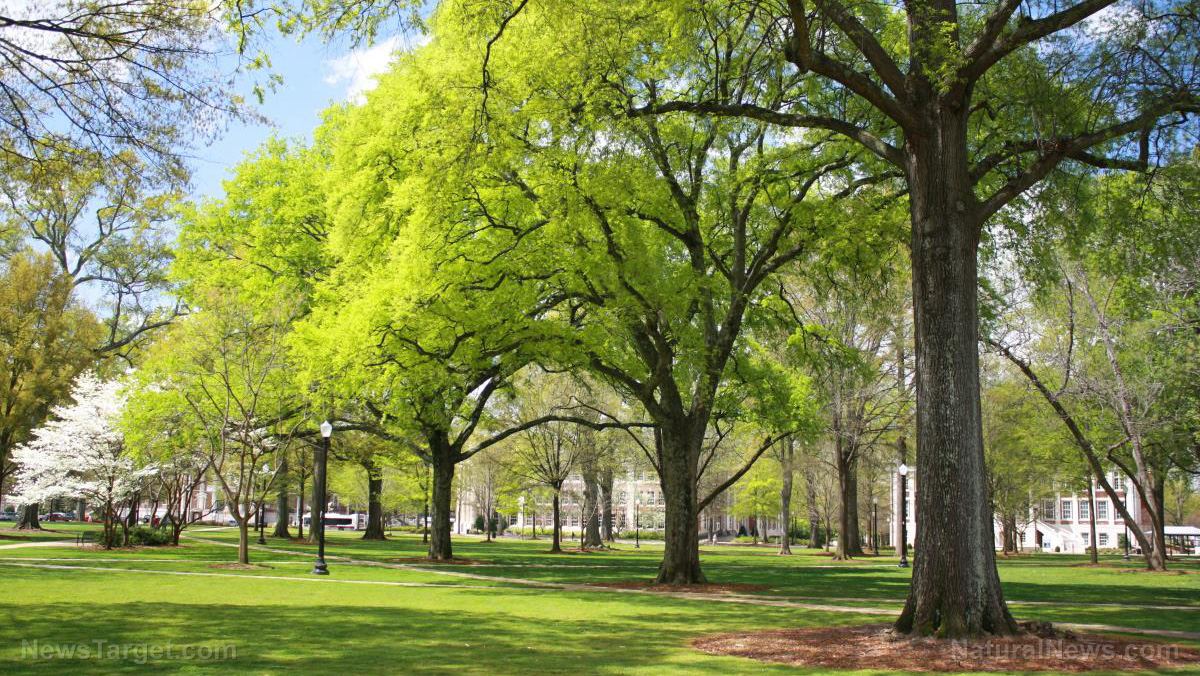
For the study, researchers from the University of Louisville collected blood and urine samples from 408 people of varying ages, ethnicities and socioeconomic levels for over five years. They recruited the participants from the university's outpatient cardiology clinic. Participants were greatly at a higher risk of developing cardiovascular diseases.
They then evaluated the samples for biomarkers of blood vessel injury and the risk of developing cardiovascular disease. The researchers also measured the density of the greenspaces near the residences of the participants using a tool called Normalized Difference Vegetation Index (NDVI). This tool indicates levels of vegetation density created from satellite imagery collected by the National Aeronautics and Space Administration (NASA) and the United States Geological Survey (USGS). In addition, the researchers measured the air pollution levels in the neighborhoods of the participants.
The researchers discovered that those who live in areas with more green vegetation were more likely to have lower levels of epinephrine, which suggest lower levels of stress; lower levels of F2-isoprostane, which indicate better health and less oxidative stress; and greater capacity to repair blood vessels.
In addition, they found that links to epinephrine were greater among women, people who do not take beta-blockers -- which reduce the workload of the heart and lower blood pressure -- and those who had not experienced a heart attack. These findings led the researchers to conclude that living in a green neighborhood may be beneficial to your heart and blood vessels.
Earlier studies have also shown that living in tree-lined neighborhoods are associated with better overall physical and mental health and well-being, as well as lower risks of respiratory diseases like asthma, compared to living in less green neighborhoods. (Related: Air pollution and asthma: People living in tree-lined neighborhoods have fewer attacks.)
Green neighborhoods are also associated with healthier births
Other studies have also revealed the benefits of living in green neighborhoods. One such study, which was published in the journal Environmental Health Perspectives, suggests that green neighborhoods are associated with healthier births for new mothers in Vancouver, Canada.
For the three-year study, the researchers used imaging technology -- cloud-free images taken via satellite of the city's topography -- to measure the level of greenness in every Vancouver postal code. Then, they adjusted each neighborhood’s level of vegetation for seasonal and annual fluctuations. They also assessed the neighborhoods' walkability and noise and air pollution levels. Additionally, the researchers examined the health records of more than 64,000 newborn babies.
The researchers found that compared to less tree-lined residential areas, pregnant women living in Vancouver’s greenest neighborhoods delivered far healthier babies. They had a higher probability of having full pregnancy terms and their newborns were 12 grams (g) heavier on average. The number of very preterm births -- a pregnancy lasting less than 30 weeks -- was lowest in green neighborhoods. Moreover, when controlled variables such as air pollution and distance from the nearest park were changed, these health benefits remained.
From these findings, the researchers concluded that increased greenness in residential areas is associated with positive birth outcomes in a population.
Sources include:
Please contact us for more information.























